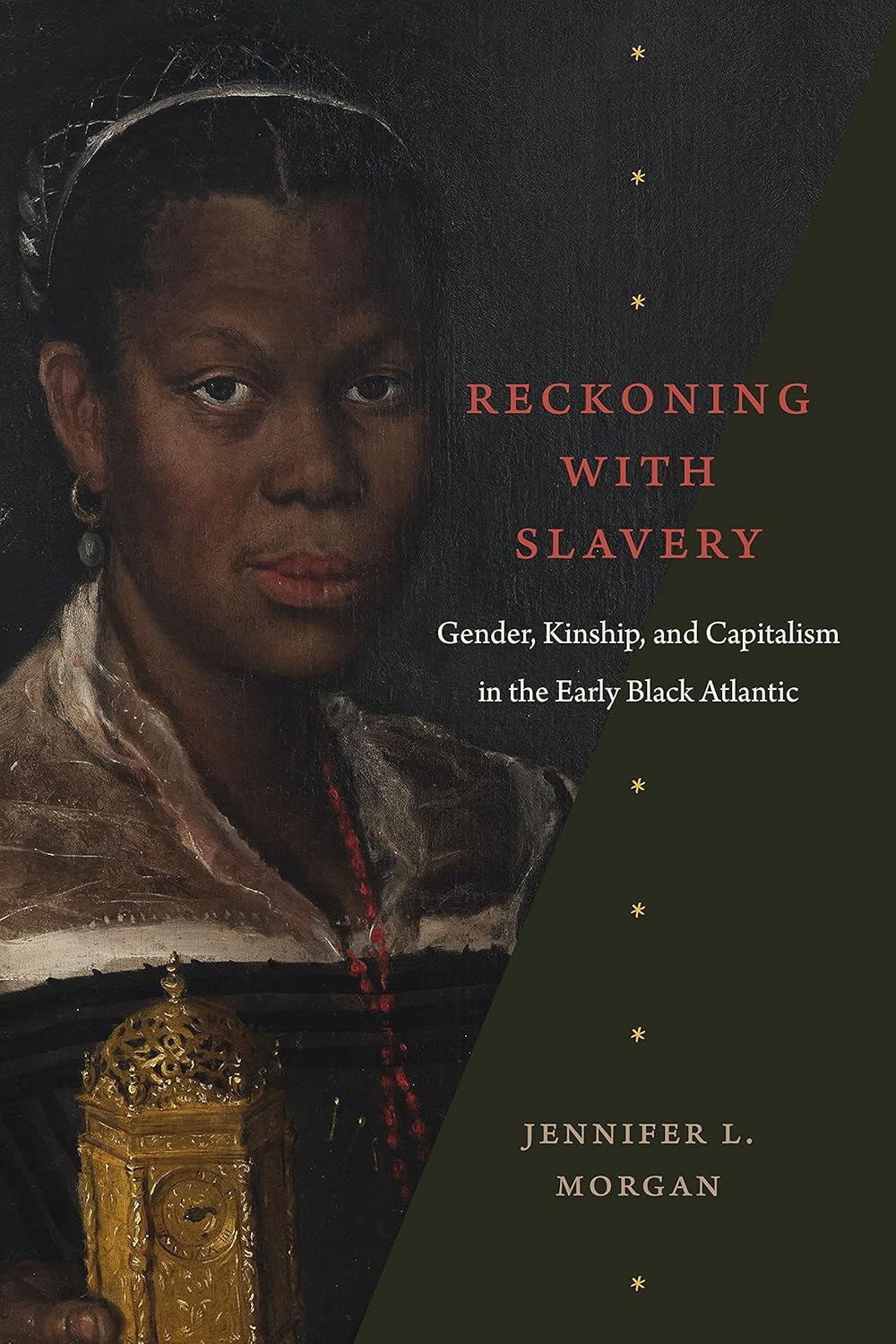Hobson: In your book Reckoning with Slavery, I love these different stories about women in slavery that you found in the archives. Is there a particular story that stands out for you?
Morgan: Most of the women who I talk about in this book are not named; their actions are described. And there’s a woman onboard a slave ship at the end of the seventeenth century, who “accidentally” blows it up by dropping her lit pipe into the hole where the gunpowder is. The ship is still anchored off the coast of Ghana. Some people survive the blast, which is why there’s testimony about it. I think about her having a tobacco pipe, smoking above board and someone seeing her. There’s definitely a sailor who sees her do it. And he sees her drop her pipe into the hole. I believe that she knew there was gunpowder down there and that she was willing to kill herself and everyone on board that ship to stop it from taking them across the Atlantic.
Hobson: Yes, a story of resistance! It’s important that we’re finding out more about how women were involved in many of the slave ship rebellions. That’s another history that I don’t think we know enough about.
Morgan: Exactly, yeah.
Hobson: What do you think is the biggest misconception that present-day audiences have about the history of slavery?
Morgan: I think that for the most part, when people think of slavery, they think of a Southern cotton plantation. They might think about a tobacco plantation. And both of those are obviously incredibly important ways in which the work that enslaved people did was agricultural. It was often in these large-scale agricultural settings. But in my own work, by looking at the earlier period, I’m looking at enslaved people who are doing all manner of work. Because if you’re looking at the colonial period, first of all, land has to be cleared and houses have to be built and animals need to be raised and boats need to be sailed and things need to be carried and shoes need to be made.
I could go on and on, and I think that people, certainly Americans, often fail to understand that enslaved people were everywhere. From New England to Florida, across the country. And it wasn’t that all of those places were slave economies, but unfree labor is the American story. I also think when people hear that I do work mostly on enslaved women, they think of women as only working as domestics. African women and women of African descent were doing the brutal work of the field in the South. They were doing hard labor everywhere, because skilled labor, anything that was associated with skill, was usually, from the slave owner’s perspective, the work of men. Enslaved women were doing the grunt work.
